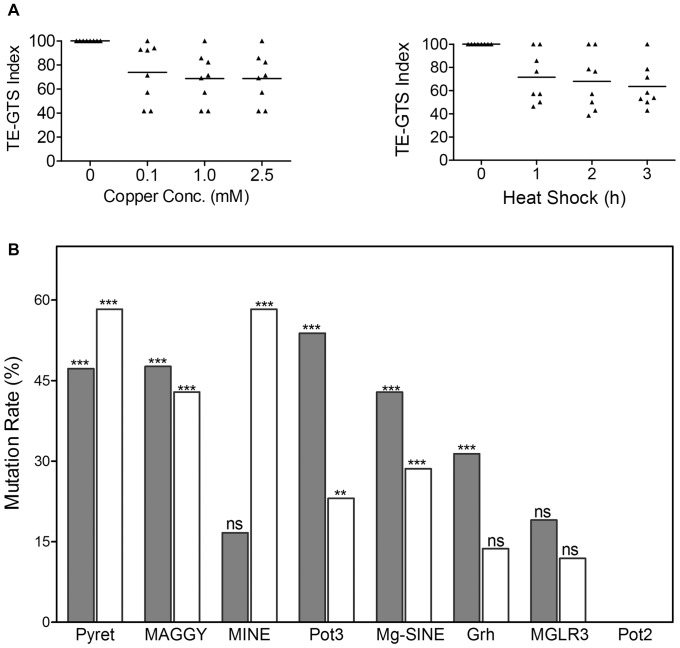Figure 5. Differential effect of stress types on mutation rates of transposable elements.
A) Genomic DNA templates from M. oryzae fungal cultures exposed to regime of durations and doses of heat shock (HS) and copper (Cu) respectively were analyzed for induced genetic variations. GTS index was determined for different doses of copper stress (left panel) and durations of heat shock (right panel). Data sets are significant at p<0.001 compared to control as analysed by two-way ANOVA with Bonferroni post-tests. B) Mutation rate data for different TEs upon exposure to copper (white) and heat shock (gray). DNA transposon Pot3 showed high mutation rates for heat shock samples. For copper stress, highest mutation rate was observed for LTR-retrotransposon Pyret and MINE. Data sets are the means of mutation rate. Data sets are analysed by two-way ANOVA with Bonferroni post-tests. ***denotes extremely significant results, ** highly significant results at p<0.001, ns non- significant at p<0.001.

